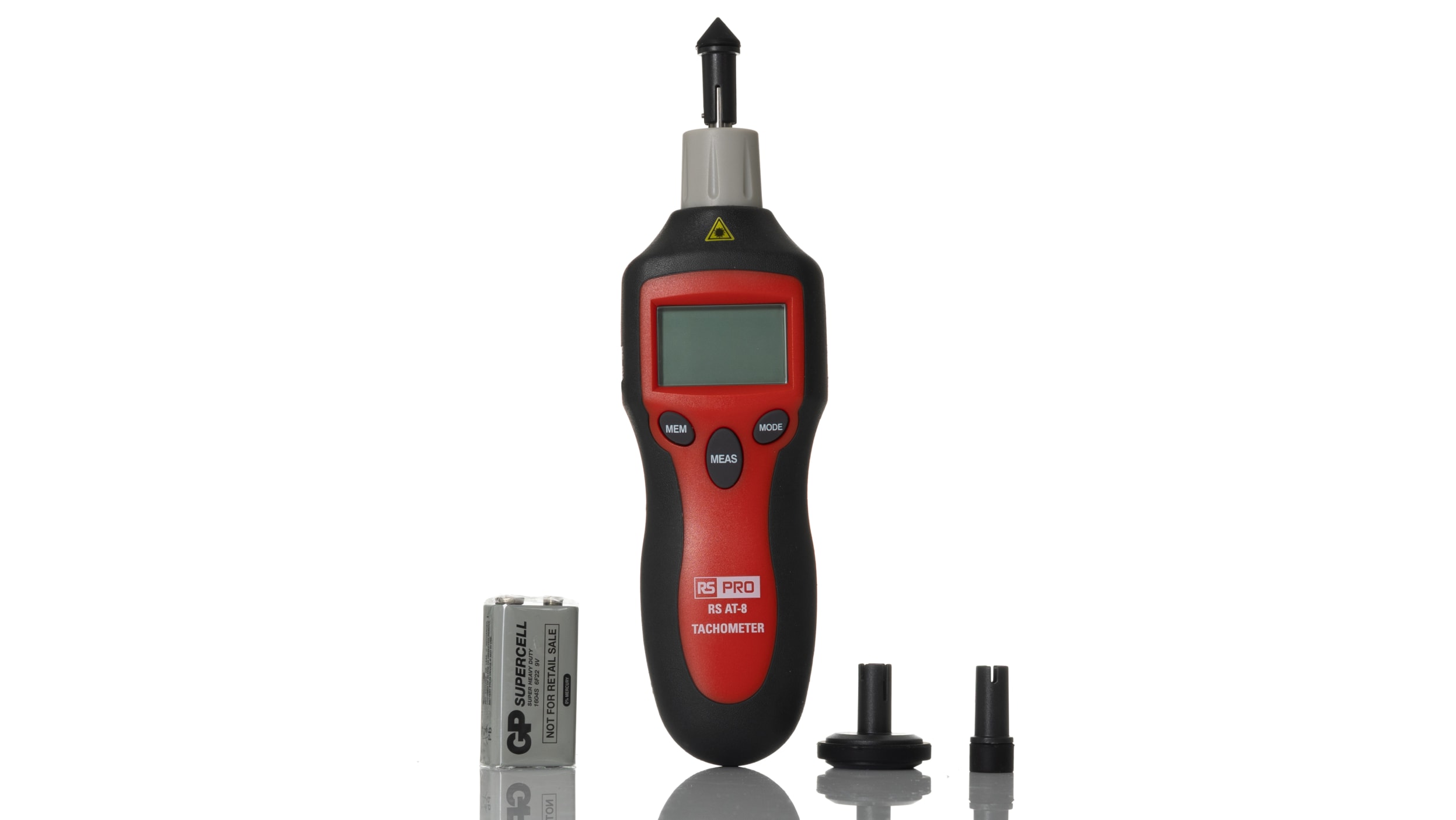Improve Your Driving Experience with a Trusted Tachometer
Improve Your Driving Experience with a Trusted Tachometer
Blog Article
Opening the Keys of Tachometers: Whatever You Required to Learn About This Important Instrument in Your Car
Recognizing the intricacies of tachometers can give valuable insights right into your automobile's performance and upkeep demands. From measuring engine rate to deciphering the data it offers, tachometers function as an important device for car proprietors and fanatics alike. By untangling the secrets behind this necessary instrument, you can unlock a wide range of info that can improve your driving experience and guarantee the durability of your vehicle.
Significance of Tachometers
The significance of tachometers depends on their ability to offer crucial real-time data concerning an engine's rotational rate, permitting specific monitoring and upkeep of machinery. By determining the changes per minute (RPM) of an engine's crankshaft, tachometers use valuable understandings into the engine's efficiency - tachometer. This information is essential for making sure that the engine operates within its optimal variety, preventing prospective damages from over-revving or underperforming
Tachometers play a crucial duty in aiding drivers and technicians spot any abnormalities in the engine's speed, which could show concerns such as gas inefficiency, mechanical troubles, or excessive stress on the engine. By quickly recognizing these problems through tachometer analyses, maintenance can be done proactively, stopping expensive repair work and downtime over time.
In addition, tachometers are particularly important in high-performance cars and equipment, where precise control over engine speed is required for optimal operation. Racing cars and trucks, aircraft, and industrial equipment rely upon tachometers to deliver peak efficiency while maintaining security requirements. Basically, tachometers are not just tools for gauging speed but indispensable devices for ensuring the smooth and effective operation of engines across numerous applications.
How Tachometers Measure Engine Rate
Utilizing sensors that detect the regularity of electric pulses generated by the engine's ignition system, tachometers accurately determine the rotational speed of an engine. By checking the rate at which these pulses are received, tachometers give real-time comments on exactly how fast the engine's crankshaft is revolving per minute, typically referred to as transformations per minute (RPM)
The tachometer's sensing unit, commonly connected to the engine's ignition coil or trigger plug cables, grabs the electric signals created each time a cylinder fires. These signals are after that converted into RPM analyses presented on the gauge or tool collection within the vehicle driver's sight. Tachometers can be analog or digital, with modern automobiles commonly featuring electronic display screens for exact and rapid RPM analyses.
This info is crucial for drivers to comprehend the engine's efficiency, prevent over-revving, enhance gear changing, and make certain efficient fuel consumption. By precisely measuring engine rate, tachometers play a vital function in assisting drivers run their automobiles securely and successfully.
Analyzing Tachometer Readings
Having a clear understanding of just how tachometers measure engine rate sets the foundation for effectively interpreting the RPM readings presented. Translating tachometer readings is critical for optimum automobile efficiency and engine health. RPM (Changes Per Min) analyses on the tachometer show the speed at which the engine's crankshaft is revolving. When the engine is idling, the tachometer needle normally relaxes around 600-1000 RPM, depending upon the automobile. As you speed up, the RPM will certainly increase, mirroring the engine's higher rotational speed. When shifting gears in a manual transmission automobile, the RPM will certainly go down as you involve the clutch and modification equipments, after that rise once again as you speed up in the brand-new gear. Monitoring the tachometer can aid you determine the most official source efficient changing points to optimize fuel economic situation and engine power. Additionally, irregular variations or constantly high RPM readings could suggest possible concerns with the engine that might require professional attention. By focusing on the tachometer analyses and recognizing exactly how to translate them, you can ensure your car operates smoothly and efficiently.


Tips for Using Tachometers Successfully
To boost driving effectiveness and enhance engine performance, what secret strategies can be implemented for properly making use of tachometers? Tachometers are important tools that supply real-time feedback on engine speed, enabling motorists to make educated choices for far better performance - tachometer. Here are some ideas for using tachometers efficiently:
Recognizing Optimal RPM Range: Familiarize on your own with the optimal RPM (Changes Per Minute) range for your vehicle. This range varies between different vehicles and is generally shown in the proprietor's guidebook. Maintaining the engine within this array can boost gas performance and prolong the engine's lifespan.
Shifting Gears at the Right Time: Make use of the tachometer to figure out the ideal time to shift equipments. Goal to shift gears when the RPM gets to the optimal variety for the following gear.
Checking Engine Stress: High RPMs for prolonged periods can strain the engine. Maintain an eye on the tachometer to protect against over-revving, especially during velocity or when bring hefty lots.
Tachometers and Automobile Upkeep
When taking into consideration car maintenance, tachometers play a vital duty in keeping track of engine performance and discovering prospective issues. Tachometers supply necessary data on engine speed, permitting motorists and mechanics to ensure that the engine is operating within the advised RPM array. Regularly checking the tachometer analyses can help determine troubles such as engine misfires, damaged spark plugs, or concerns with the fuel distribution system. By paying interest to the tachometer, chauffeurs can avoid too much strain you could try here on the engine, which can result in pricey repair work down the line.
Along with detecting prospective problems, tachometers can likewise aid in maximizing fuel efficiency. By keeping the engine speed within the optimal range, drivers can enhance their gas mileage and minimize fuel consumption. This not only benefits the chauffeur's budget yet also adds to environmental this contact form conservation by lowering unsafe discharges.
Verdict

Report this page